
In Pictures
A picture is worth a 1,000 words
I have included over 100 pictures in the book to help articulate and communicate ideas. Most of these are based on whiteboard sketches I have used with clients to convey key insights. Below I have used a small selection of these to give a flavour of the Figures included in the book.
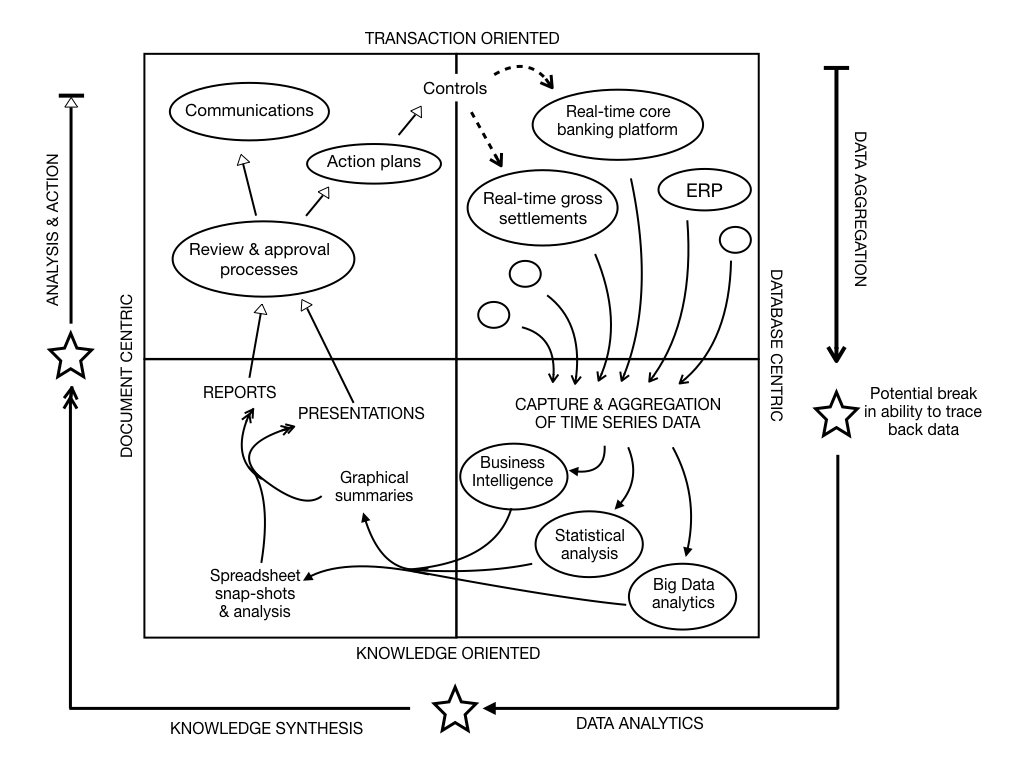
The Data Landscape is a tool that is useful in understanding the traceability of data transformed into information, synthesised into knowledge
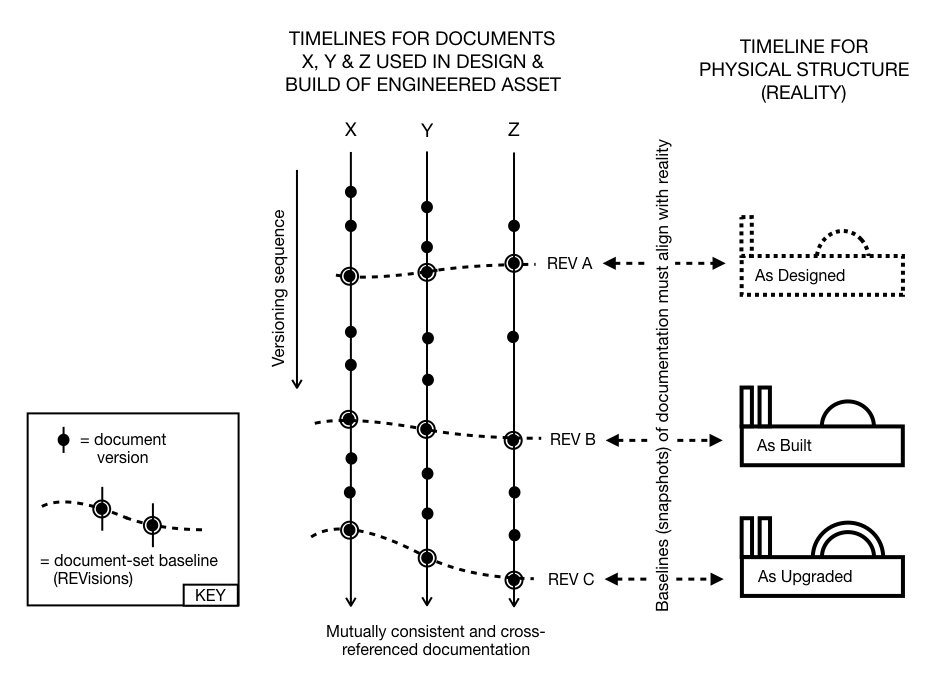
Handling a collection of documents so that they can be baselined and change control managed to ensure they reflect reality is fundamental not just for engineering but dossiers in every sector.
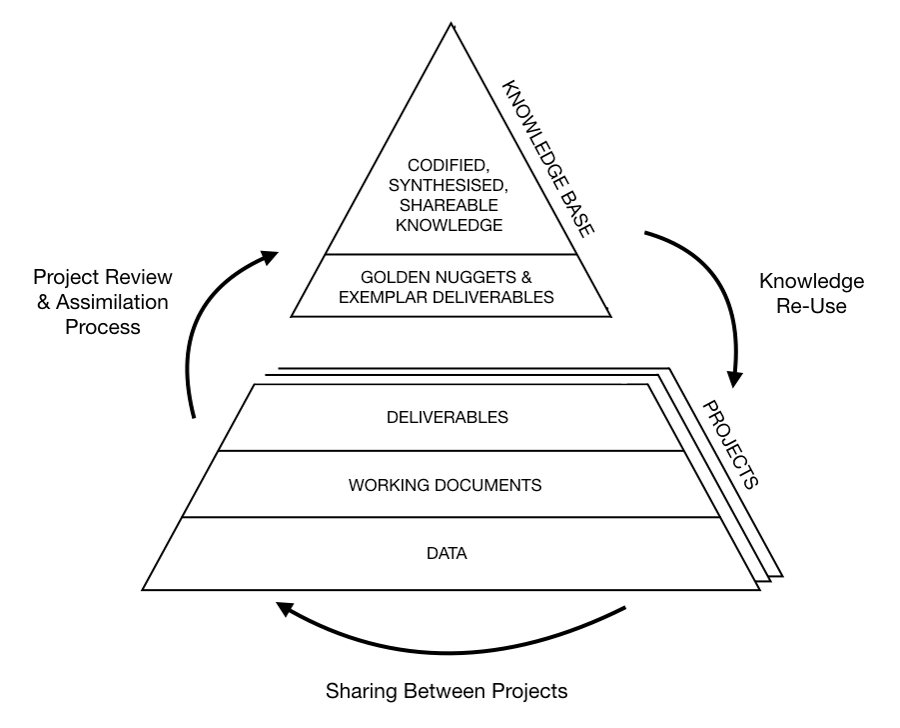
We should see knowledge as emerging from a process of synthesis that is used to apply good practice and is continuously refined.

Informal-ephemeral information is successfully transformed into more persistent and formalised forms of information that ultimately help to build a body of knowledge

There are several of ways of developing controlled terminology for use with metadata. With ontology the aim is to root terminology in real world artefacts
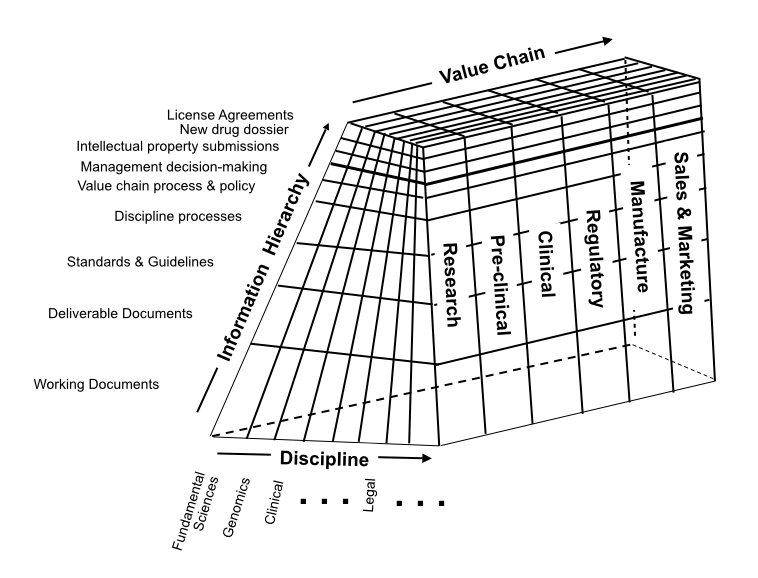
Document classification can be viewed in multiple dimensions: by discipline, by document type, and by stage in the value chain.

The knowledge chain that accompanies the value chain can be represented as an emerging dossier, where different documents are created to support successive processes.
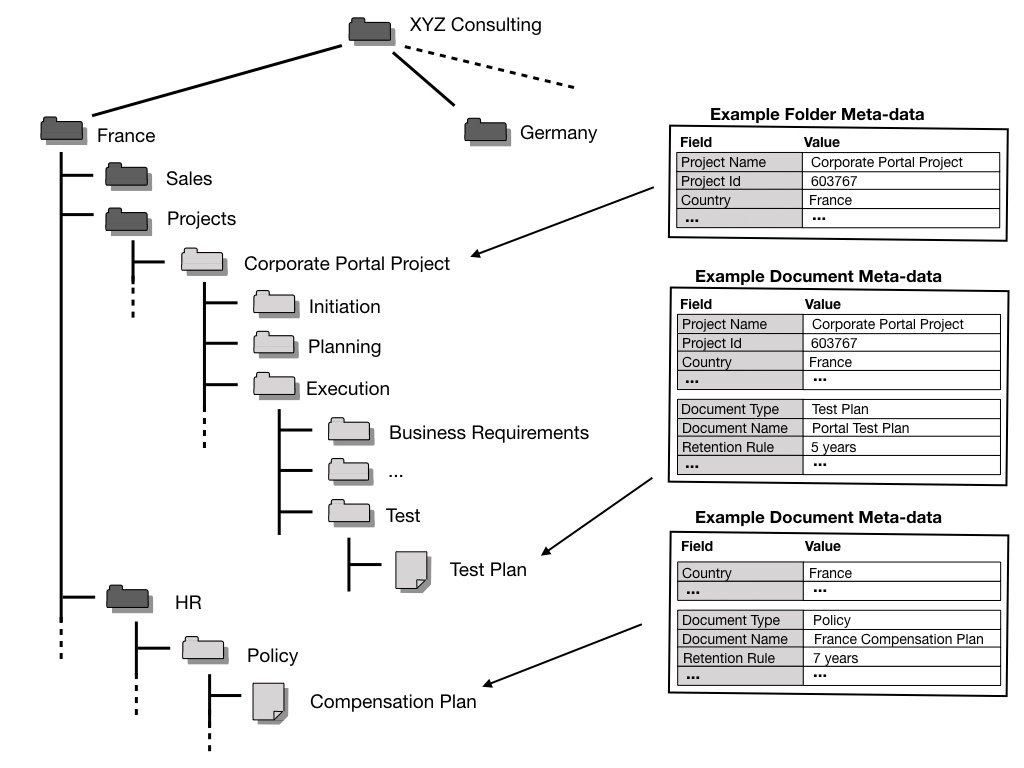
To ease the application of metadata, the technique known as 'metadata inheritance' helps in reducing the need for manually entering metadata

The methodology that is used in developing a model of information dynamics has to match up business processes with different aspects of document design.
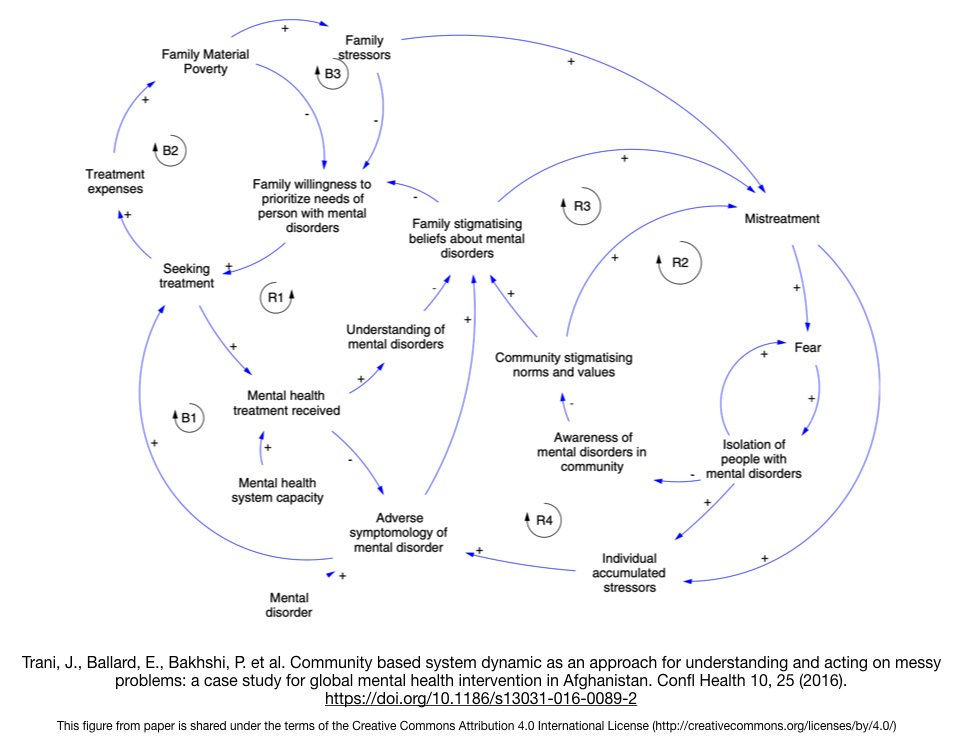
We discuss different techniques used to model information, and in this case show an example of a 'causal loop diagram' that is a tool used in systems thinking
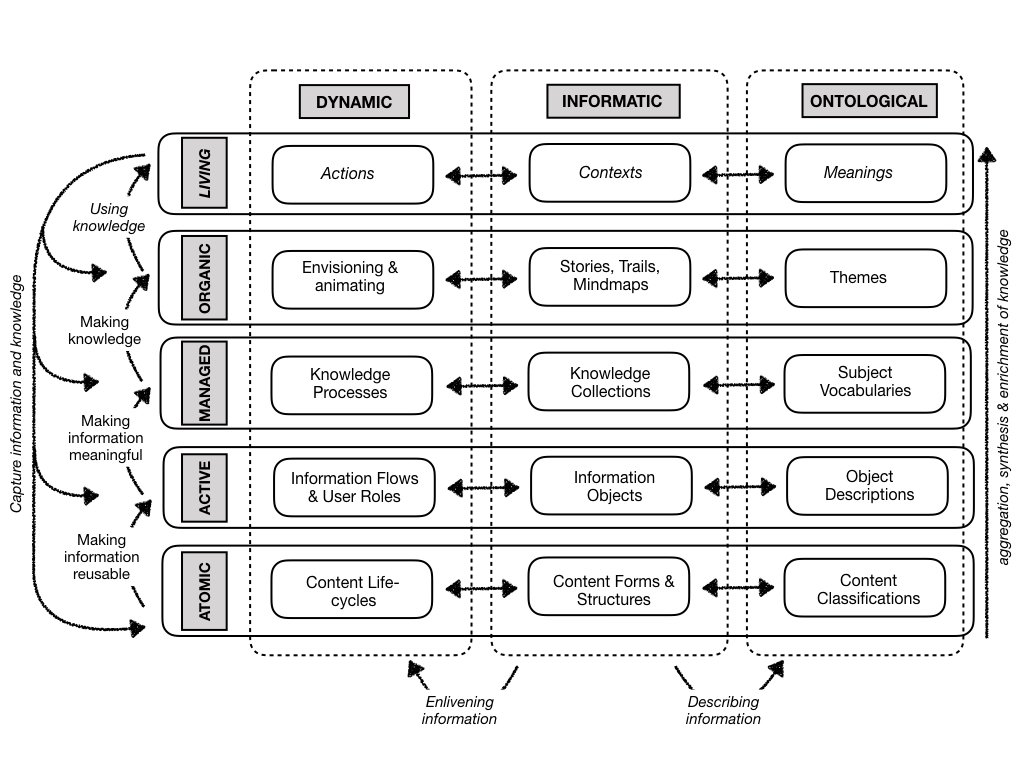
The architecture of knowledge presented in the book is not a rigid formalism, but a heuristic approach to assembling key artefacts needed to make sense of enterprises knowledge

The book identifies distinct roles/ competencies that are needed to develop the various artefacts across the knowledge architecture